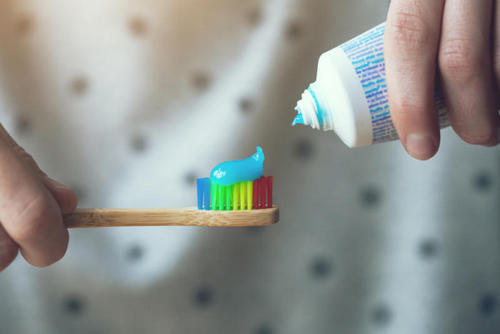Oral care should not only include brushing your teeth twice a day. It is also necessary to pay attention (and time) to inaccessible areas between the teeth – and do it regularly and at least once a day. Thus, you will not allow the formation of hard deposits (stones), and also get rid of stuck food.
Irrigators are stationary and portable, on batteries or powered by a network, having a water tank or attached directly to the tap. Stationary, as a rule, are more bulky, but they have more modes and capabilities.
Portable ones easily fit in your bag – you can take them with you on vacation or at work. So when buying, it is important to consider who, when and where is going to use the device. At the same time, do not forget to consult a dentist – perhaps he will also give any recommendations.
An irrigator is an excellent tool to cope with the task – a device that forms a high-pressure water stream, which rinses out areas in a matter of seconds where an ordinary toothbrush does not reach. With regular use, an irrigator may well replace professional cleaning and even become an excellent tool for the prevention of periodontitis. In addition, this device is an absolute mustache for people who have braces, crowns, bridges, implants and veneers. The irrigator is also useful for those whose teeth fit too tightly together, as well as those who are worried about bad breath.
When using an irrigator, you should start with the weakest modes. A strong stream can cause bleeding from the gums. The nozzle must be directed at an angle of 90 degrees to the surface of the teeth and bent so that water flows from the mouth into the sink. It is necessary to move the device from one area to another in order to evenly pass the entire oral cavity.

Life hack: brush your teeth with fluoride paste
Dentists recommend fluoride pasta. According to the rules of the American Dental Association (ADA), it is this mineral that must be part of the toothpaste. It helps protect teeth from tooth decay and strengthen tooth enamel.
Moreover, the concentration of fluoride should be at least 1,350 ppm. Children can use “adult” pasta, if it is not more than 1,500 ppm. Up to six years, if the child has no problems with teeth, you can use a less active paste, but with a fluorine content of at least 1,000 ppm.
In Russia, manufacturers often (apparently not without pride) point out that they do not have fluoride in their paste, scaring them with fluorosis, a disease that occurs due to excessive consumption of foods and fluoride fluids during the period when teeth are just forming (this process lasts up to eight years). Parents should control how children brush their teeth: do not use too much paste and liquid to rinse your mouth, children need to be taught how to spit out the paste, and not to swallow it.
Experts advise squeezing a paste the size of a pea onto a toothbrush. Children under three years of age are even less – literally a smear. Here you can see how this smear and pea of toothpaste should look.

In fairness it’s worth saying: there is not much evidence that it is toothpaste that causes fluorosis. In addition, we are, of course, talking about the risk for specific age groups. However, in many cases, the benefits of caries prophylaxis outweigh the risk of developing fluorosis. And yes, the main cause of fluorosis is WHO who calls drinking water with a high fluorine content.
As for the other components of toothpastes, they have a controversial effectiveness. Yes, there are pastes with a variety of minerals, which seem to strengthen the enamel and make it less vulnerable. But while there is no normal research that would show that in the future such pastes can save from tooth decay.


